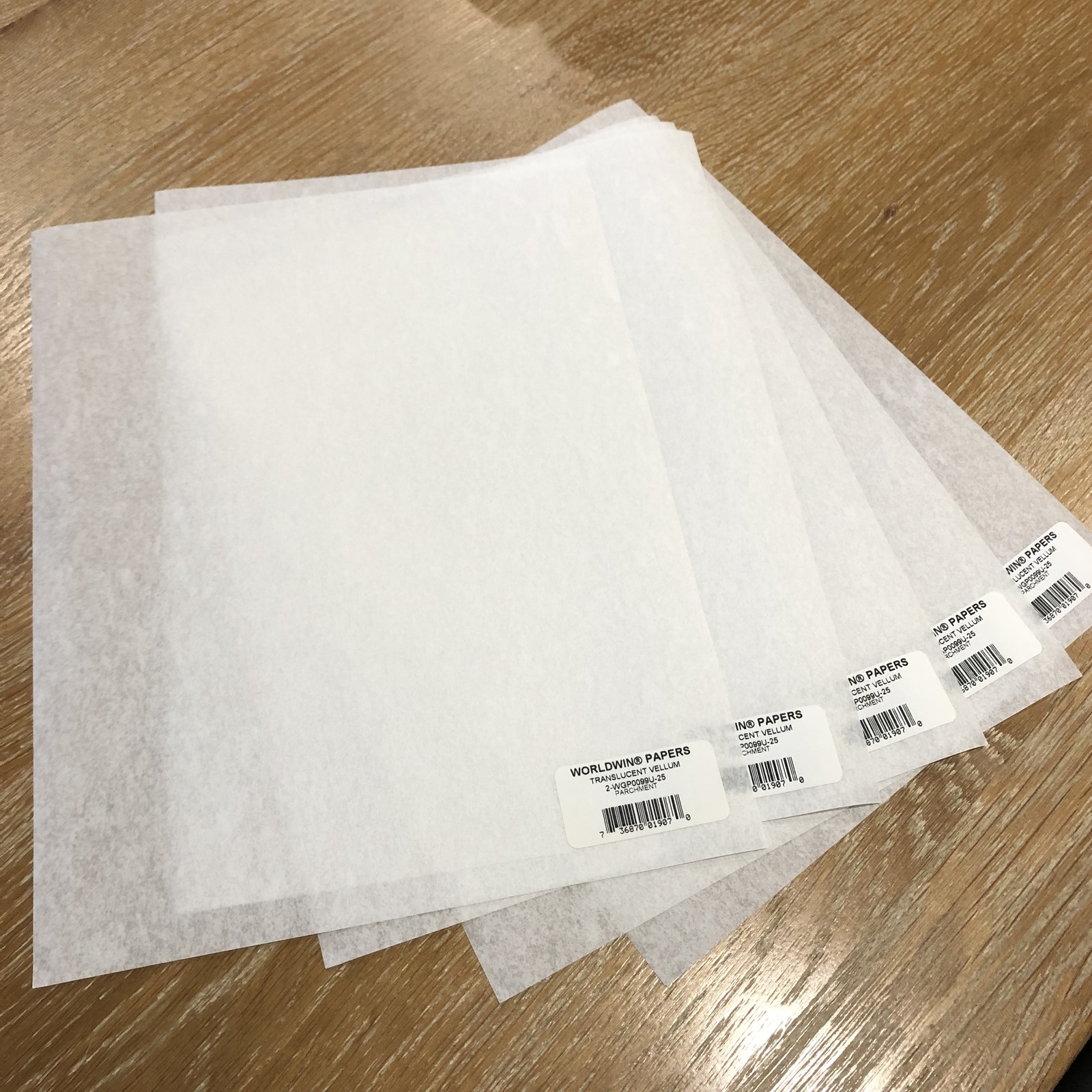

Traditionally, washi is made of Japanese mulberry trees or shrubs. The main component of shoji screens is, of course, the paper covering, which is composed of the Japanese-style washi paper (for more information see What is Japanese Washi Paper? All You Need to Know). These days they can either be painstaking handcrafted by expert artisans, or mass produced in industrialised factories. The processes and materials involved in making shoji have evolved and simplified over time. Yukimi-shoji (雪見障子), meaning snow viewing shoji, is a type of window made so the bottom half slides upwards, often to reveal a beautiful view Tsuitate (衝立) is a single panel entrance screenįusuma (襖) is a Japanese sliding door, which is sometimes refered to separately from shoji, but was originally considered a type of shoji. They are rarely plain, however usually featuring elaborate and beautiful works of art.
#Japanese translucent paper portable
These possibilities have inspired creative expression over the years.Ĭommon elements related to shoji, for both functional and artistic purposes, include:īyobu (屏風) is a folding screen, literally translated to protection from the wind, and can be considered a kind of portable shoji. Because of their paper construction, they can be painted on directly, or the lattice can be worked into intricate patterns. Shoji have come to have an aesthetic role as well as a practical one. Yet their enduring popularity means they often appear in modern homes, hotels, and even offices. Shoji tend to feature more prominently in older and more traditional homes and structures, so you will certainly see them in Japanese temples and ryokan.


They act like curtains, shielding and protecting dwellers from outside elements, yet letting in light and sound to a degree.


 0 kommentar(er)
0 kommentar(er)
